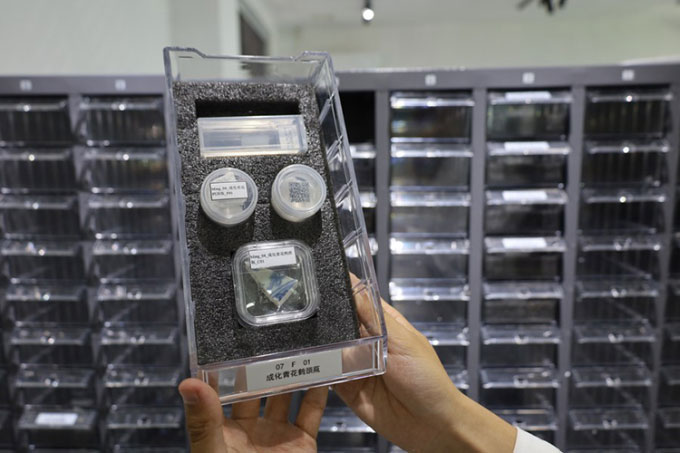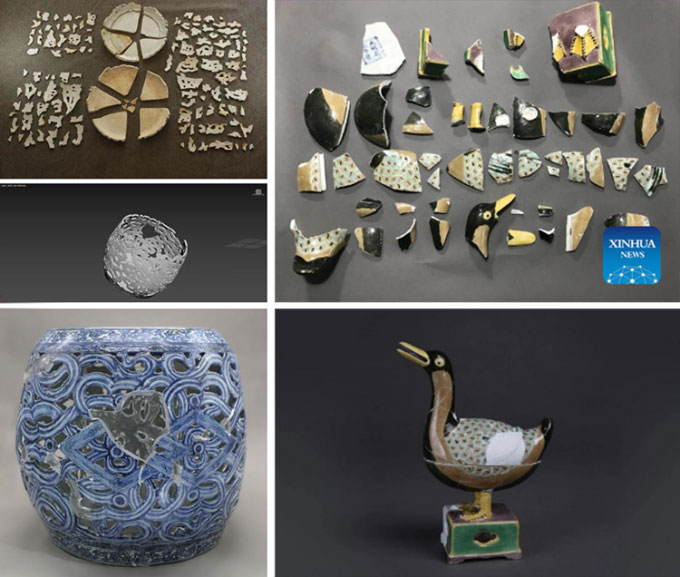The Gene Bank located in Jingdezhen, Jiangxi Province, will store data on nearly 20 million pieces of ancient ceramics.

Some Ming Dynasty ceramics (1368-1644) on display in Jingdezhen. (Photo: Xinhua)
The “Gene Bank” of Ancient Ceramics will be co-established by the Royal Kiln Museum of Jingdezhen, Peking University, Tsinghua University, the Palace Museum, and the Shanghai Ceramics Institute under the Chinese Academy of Sciences, authorities announced on June 11.
According to Weng Yanjun, President of the Royal Kiln Museum of Jingdezhen, more than 100 pieces of “gene” information can be traced from a single piece of ancient porcelain, providing insights into raw materials, glazes, and pigments. Through this, researchers hope to restore firing processes and material formulas.
The bank will also utilize X-ray fluorescence analyzers and other advanced modern equipment to create “gene” samples in both physical and digital forms. The first batch, consisting of nearly 10,000 ancient ceramic samples, is expected to be launched within the next year and a half.

Two Ming Dynasty ceramics restored at the Royal Kiln Museum of Jingdezhen. (Photo: Xinhua)
“Once the gene bank is completed, we aim to share the data with academic institutions both domestically and internationally to promote research projects on global ceramic civilization and build an international platform for ceramic cultural exchange,” Weng emphasized.
Jingdezhen is known as the “capital of ceramics”. This town, located in northeastern Jiangxi Province, boasts a 1,700-year history of producing “the best quality ceramics in China” and has historically served the imperial court.


















































